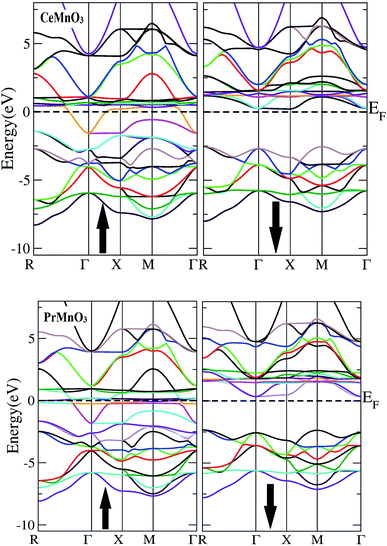

In a truly neutral state the energy does not vary and the state of equilibrium has a finite width. The state is unstable if the lowest nonzero derivative is of odd order or has a negative value, stable if the lowest nonzero derivative is both of even order and has a positive value, and neutral if all higher order derivatives are zero. To investigate the precise stability of the system, higher order derivatives must be examined. Second derivative = 0 or does not exist The state is neutral to the lowest order and nearly remains in equilibrium if displaced a small amount. If the system is displaced an arbitrarily small distance from the equilibrium state, the forces of the system cause it to move even farther away. Second derivative < 0 The potential energy is at a local maximum, which means that the system is in an unstable equilibrium state. To determine whether or not the system is stable or unstable, we apply the second derivative test: We can locate these points using the fact that the derivative of the function is zero at these points. A system is in mechanical equilibrium at the critical points of the function describing the system's potential energy. If we have a function which describes the system's potential energy, we can determine the system's equilibria using calculus. Since all particles in equilibrium have constant velocity, it is always possible to find an inertial reference frame in which the particle is stationary with respect to the frame.Īn important property of systems at mechanical equilibrium is their stability. If a particle in equilibrium has zero velocity, that particle is in static equilibrium. More generally in conservative systems, equilibrium is established at a point in configuration space where the gradient of the potential energy with respect to the generalized coordinates is zero. In a rotational mechanical equilibrium the angular momentum of the object is conserved and the net torque is zero. In terms of velocity, the system is in equilibrium if velocity is constant. In terms of momentum, a system is in equilibrium if the momentum of its parts is all constant. In addition to defining mechanical equilibrium in terms of force, there are many alternative definitions for mechanical equilibrium which are all mathematically equivalent. : 39 By extension, a physical system made up of many parts is in mechanical equilibrium if the net force on each of its individual parts is zero.

In classical mechanics, a particle is in mechanical equilibrium if the net force on that particle is zero. Since all particles in equilibrium have constant velocity, it is always possible to find an inertial reference frame in which the particle is stationary with respect to the frame.

By extension, a physical system made up of many parts is in mechanical equilibrium if the net force on each of its individual parts is zero.In addition to defining mechanical equilibrium in terms of force, there are many alternative definitions for mechanical equilibrium which are all mathematically equivalent.


 0 kommentar(er)
0 kommentar(er)
